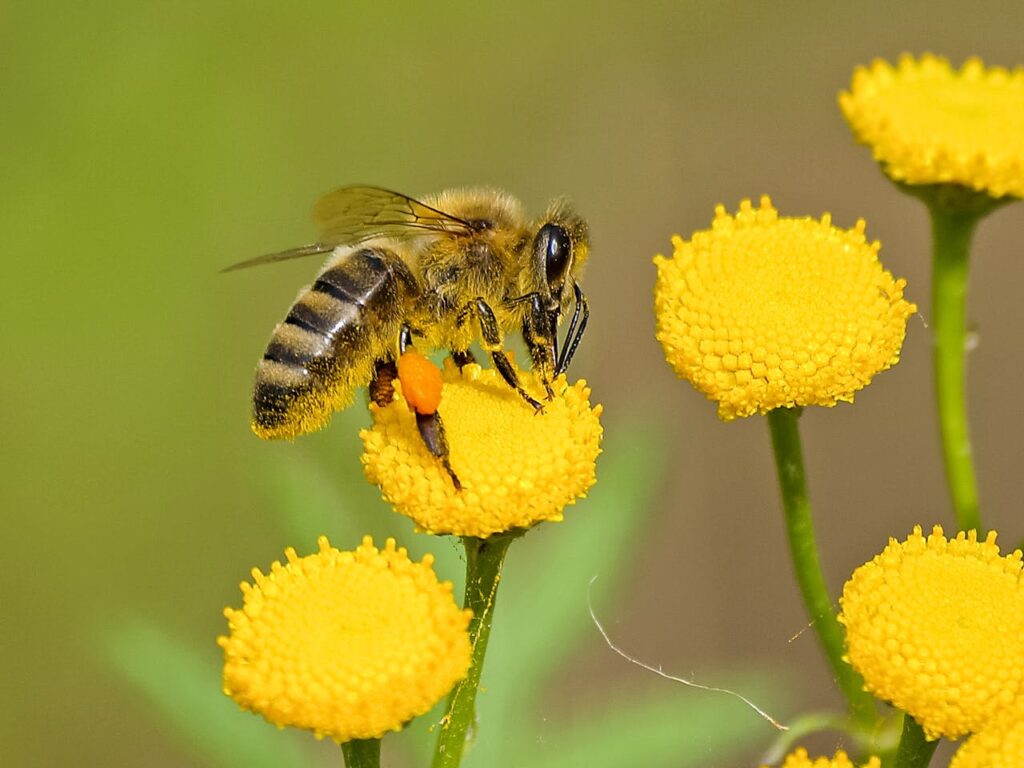
Bees play a vital role in pollinating plants and sustaining ecosystems, but when they establish hives in or near human habitats, they can pose risks to people and property. If you’re dealing with a bee infestation, it’s essential to handle the situation safely and effectively. In this guide, we’ll explore proven strategies for bee removal, drawing upon the expertise of Pest Wildlife Pro, a trusted provider of pest control services.
Assessing the Situation
Before attempting bee removal, it’s crucial to assess the severity of the infestation and identify the species of bees involved. Different species may require different removal methods, and some may be protected by law. Conduct a thorough inspection of your property to locate the hive’s exact location and determine the size and behavior of the bee colony.
Determining the Best Course of Action
Based on your assessment, decide whether bee removal is necessary or if the bees can coexist with humans safely. If the bees are not posing a threat to people or property and are essential for pollination, consider leaving them undisturbed and contacting a beekeeper to relocate the hive.
Safety Precautions
When dealing with bees, safety should be a top priority. Bees can become aggressive when provoked, so it’s essential to take precautions to protect yourself and others. Wear protective clothing, including a beekeeping suit or thick clothing covering your entire body, gloves, and a veil or hat with a mesh face shield. Avoid wearing dark colors or strong scents that may attract bees.
Removal
There are several methods of bee removal, depending on the location and size of the hive, as well as the species of bees involved. Here are some common strategies:
- Bee Trapping: Set up bee traps near the hive entrance to capture foraging bees and prevent them from returning to the hive. Once the trap is full, relocate the captured bees to a safer location.
- Bee Vacuuming: Use a specialized bee vacuum to safely remove bees from the hive without harming them. This method is effective for capturing bees inside walls, attics, or other enclosed spaces.
- Chemical Treatments: In some cases, chemical treatments may be necessary to eliminate bees, particularly if the hive is located in a hard-to-reach area or poses a significant threat to people or property. However, chemical treatments should be used as a last resort and applied by trained professionals to minimize risks to humans and the environment.
- Professional Bee Removal Services: If you’re unsure how to handle a bee infestation safely or if the hive is large or difficult to access, consider hiring a professional bee removal service like Pest Wildlife Pro. They have the expertise, experience, and specialized equipment to safely remove bees and relocate hives without causing harm to people or the environment.
Preventing Future Infestations
Once the bees have been removed, it’s essential to take steps to prevent future infestations:
- Seal Entry Points: Inspect your property for gaps, cracks, or openings where bees may gain access and seal them with caulk, foam, or other sealant materials.
- Remove Attractants: Eliminate sources of food, water, and shelter that may attract bees to your property, such as standing water, food scraps, or nesting materials.
- Trim Vegetation: Keep trees, shrubs, and other vegetation trimmed and away from structures to reduce potential nesting sites for bees.
- Regular Maintenance: Conduct regular inspections of your property to detect any signs of bee activity early and address them promptly before they become a larger problem.
Strategies for Bee Removal Explained
Bee removal requires careful planning, proper safety precautions, and often the expertise of trained professionals. By assessing the situation, choosing the appropriate removal method, and taking steps to prevent future infestations, you can effectively manage bee populations and ensure the safety of your property and those who inhabit it. With the help of Pest Wildlife Pro and other trusted pest control services, you can enjoy a bee-free environment while preserving these essential pollinators in their natural habitats.

